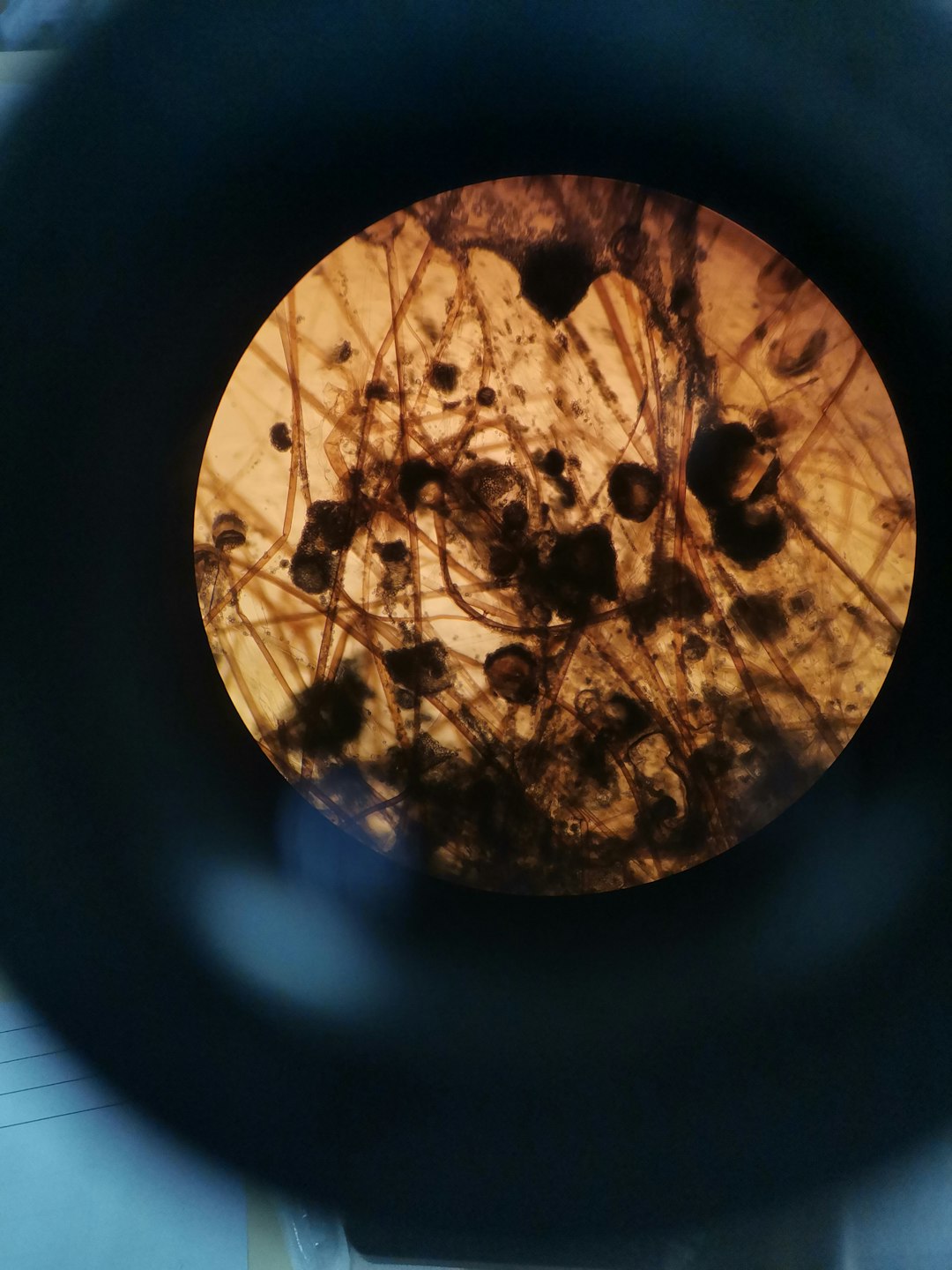From the simplest algae floating in a pond to the resilient bacteria thriving in boiling hot springs, unicellular organisms have not only laid the foundation of life on Earth but continue to exhibit astounding adaptability and intelligence. Despite their tiny size and seeming simplicity, single-cell organisms often outmaneuver their multicellular counterparts in specific environments, making scientists reconsider long-standing notions about the hierarchy of life.
TL;DR (Too Long; Didn’t Read):
Unicellular means consisting of a single cell. These organisms include bacteria, archaea, and certain types of algae and protozoa. While they may appear primitive, single-cell organisms are evolutionary marvels—highly adaptable, incredibly efficient, and capable of complex behavior without the need for multiple cell types. In many extreme or fluctuating environments, unicellular life outperforms multicellular organisms thanks to their flexibility, metabolic intelligence, and ability to evolve rapidly.
What Does “Unicellular” Mean?
The term unicellular refers to organisms that consist of a single cell. Unlike multicellular organisms—including animals, plants, and fungi—unicellular life forms manage all biological functions like nutrition uptake, reproduction, waste elimination, and environmental sensing within one cell. Specific structures within these single cells perform the specialized tasks typically distributed across organ systems in complex life forms.
Some common categories of unicellular organisms include:
- Bacteria: Found almost everywhere on Earth, including in our own gut and on the ocean floor.
- Archaea: Often mistaken for bacteria but genetically distinct; thrive in extreme environments such as hot springs and salt flats.
- Protists: These include amoebae and paramecia, many of which live in freshwater environments.
- Unicellular algae: Photosynthetic organisms like Chlorella or diatoms.
Though less complex in form compared to multicellular beings, their internal structures—nuclei, mitochondria (in eukaryotic unicells), and ribosomes—are intricate and finely tuned for survival in various ecosystems.
Evolutionary Significance of Unicellular Life
Unicellular organisms have existed for over 3.5 billion years, accounting for the majority of life’s evolutionary history. For the first two billion years, all life on Earth was unicellular. Their simplicity has proven to be one of their greatest strengths, enabling survival across massive geological and environmental changes.
Unicellular organisms:
- Were the first form of life to appear on Earth.
- Gave rise to multicellular life through evolutionary transitions in cooperation and cellular specialization.
- Still dominate the biosphere in terms of both numbers and biomass.

In the grand tree of life, almost every branch starts with unicellular roots. Even today, over 90% of genetic diversity is found in unicellular lineages.
How Single Cells Outsmart Multicellular Complexity
At first glance, multicellular organisms might appear superior: they can form tissues, develop specialized organs, and execute complex behaviors. However, unicellular organisms often demonstrate efficiencies and survival tactics that multicellular beings simply cannot match.
1. Speed of Evolution
Single-cell organisms reproduce rapidly, allowing for quick genetic mutations and adaptations. A bacterial population can evolve antibiotic resistance in a mere few days, while a multicellular species might require hundreds or thousands of generations to adapt to comparable selection pressures.
2. Metabolic Versatility
Many unicellular species are metabolically flexible. For instance, some bacteria can shift between aerobic and anaerobic respiration depending on environmental oxygen levels.
- Autotrophic unicells like cyanobacteria can perform photosynthesis.
- Heterotrophic ones consume organic material similarly to animals.
- Some are even mixotrophic, toggling modes of nutrition as needed.
This enables unicellular life to weather environmental fluctuations that might kill more specialized multicellular organisms.
3. Energy Efficiency
Multicellularity requires massive energy investments—managing tissues, organs, communication systems, and more. Unicellular organisms, by contrast, conserve energy by having only what is functionally necessary, making them highly efficient especially in resource-scarce environments.
4. Behavioral Complexity Without Brains
Remarkably, many unicellular organisms display behaviors that imply a form of intelligence. For example:
- Amoebae can solve mazes to find the shortest path to food.
- Slime molds exhibit decision-making capacity and memory-like behavior.
- Paramecia can avoid obstacles and pursue preferred temperatures and chemicals.
These are all achieved without a nervous system—just through internal chemical signaling and membrane potential changes.

Unicellular Survivors in Extreme Environments
Multicellular life is bound by homeostatic limitations—our internal conditions like temperature and pH need to remain constant. But life’s toughest survivors are often single-celled organisms known as extremophiles.
Examples include:
- Thermophiles living in near-boiling water in hydrothermal vents.
- Halophiles surviving in concentrated salt pools.
- Acidophiles that grow in acidic conditions akin to battery acid.
- Radiotolerant bacteria that can survive radiation doses hundreds of times higher than humans can endure.
These organisms have adapted their membrane structures, DNA repair mechanisms, and protein functions to sustain conditions that would be instantly lethal to multicellular beings.
The Future Role of Unicellular Organisms
With increasing human interest in biotechnology, astrobiology, and sustainable agriculture, unicellular organisms have never been more relevant.
Applications of these tiny powerhouses include:
- Genome editing and synthetic biology: Unicells serve as models for genetic manipulation.
- Bioremediation: Cleaning oil spills, heavy metals, or pollutants from soil and water using bacteria.
- Space exploration: Scientists study extremophiles to anticipate the challenges of life on other planets.
- Renewable energy: Algae and cyanobacteria can produce biofuels efficiently, offering sustainable alternatives to fossil fuels.
Because of their fast reproduction and manipulability, unicellular organisms will likely hold center stage in humankind’s next frontier of science and engineering.
Conclusion: Rethinking Cellularity
Though often overshadowed by more complex forms of life, unicellular organisms possess resilience, versatility, and intelligence that surpass mere survival. They remind us that complexity in biological terms doesn’t always mean superiority or dominance. Rather, it is adaptability and resourcefulness—qualities in which single-cell life excels—that are the real markers of evolutionary success.
Whether in laboratories, under ocean sediments, or potentially on distant planets, unicellular organisms embody the quiet brilliance of simplicity done right. Perhaps it’s time to stop viewing them as the “lowly microbes” and start recognizing them as the masters of life’s great game.


